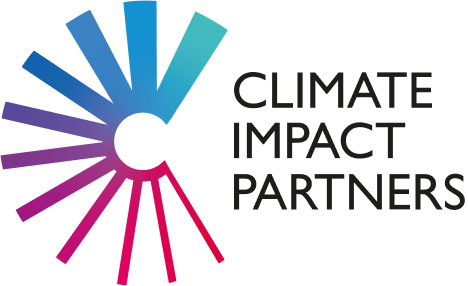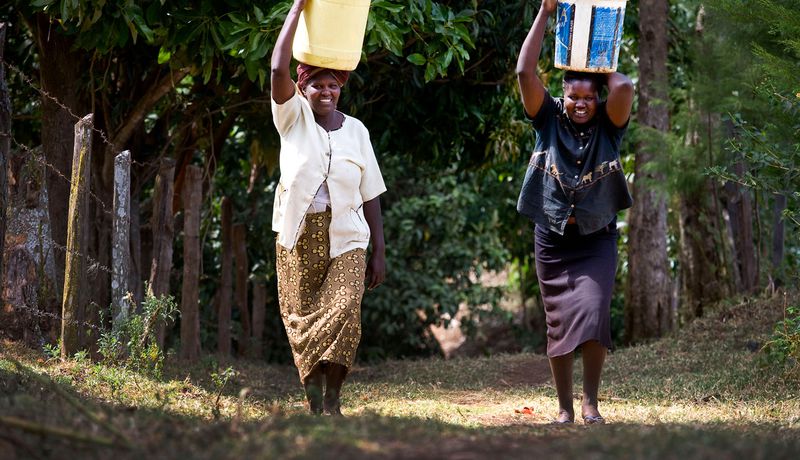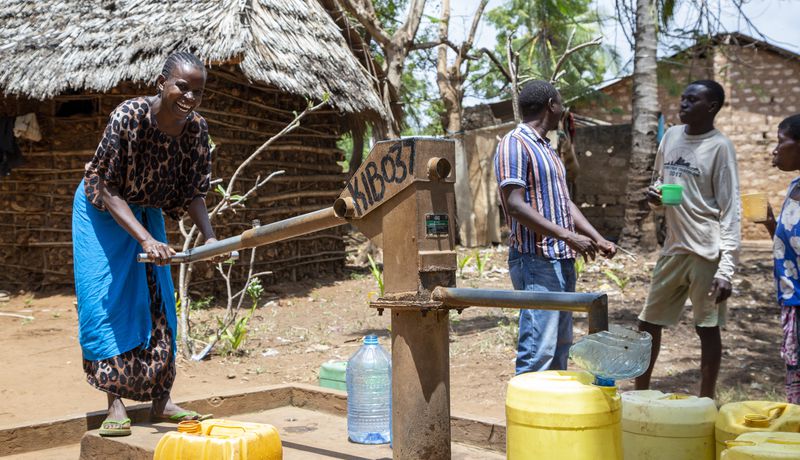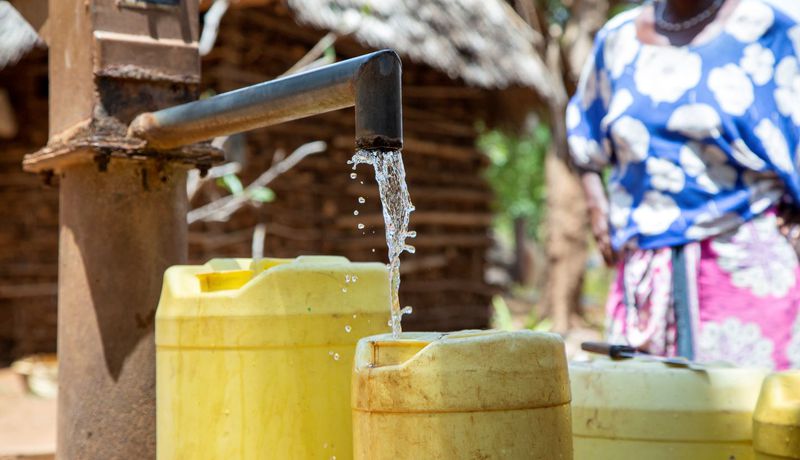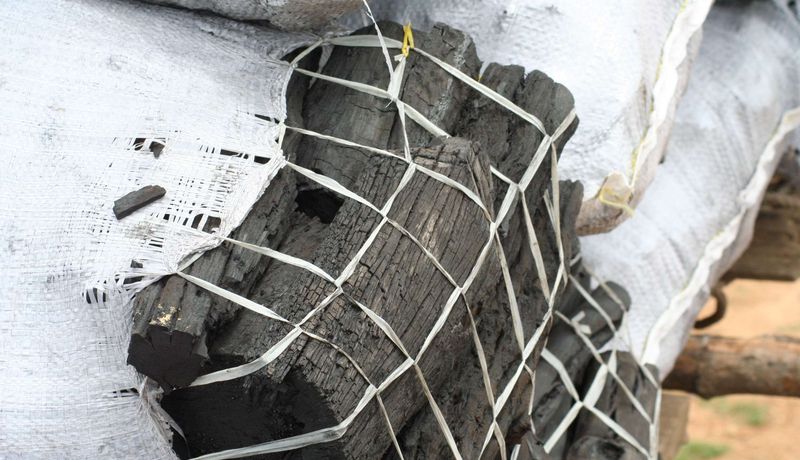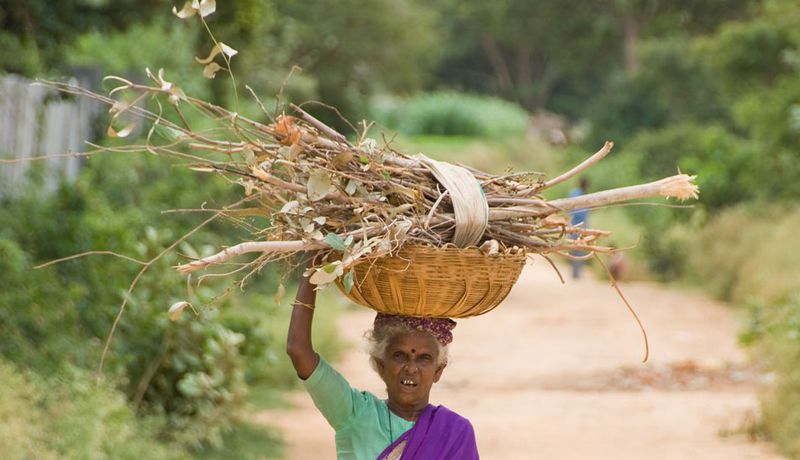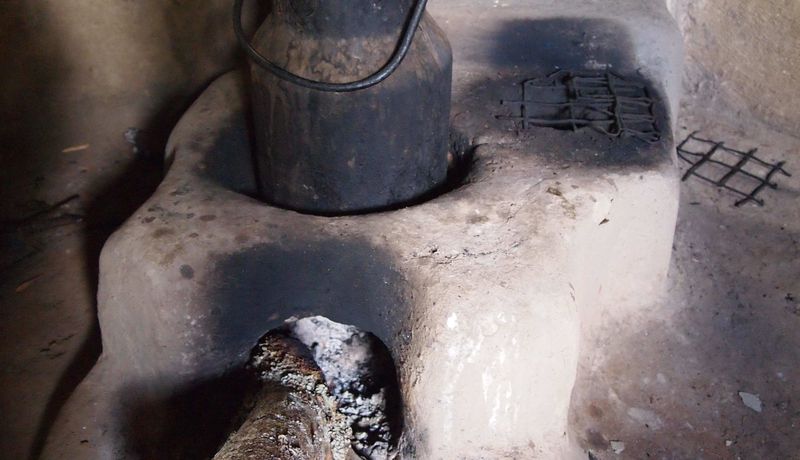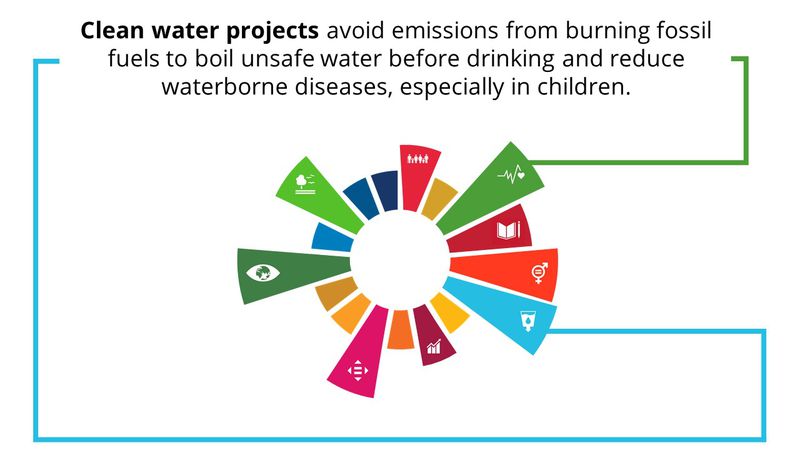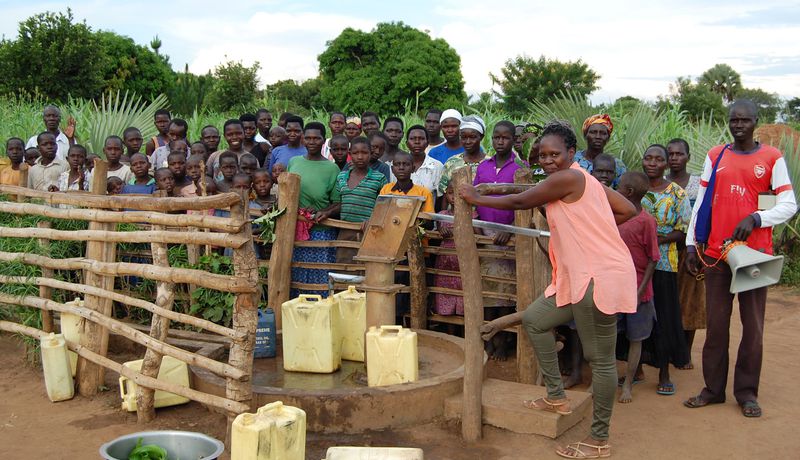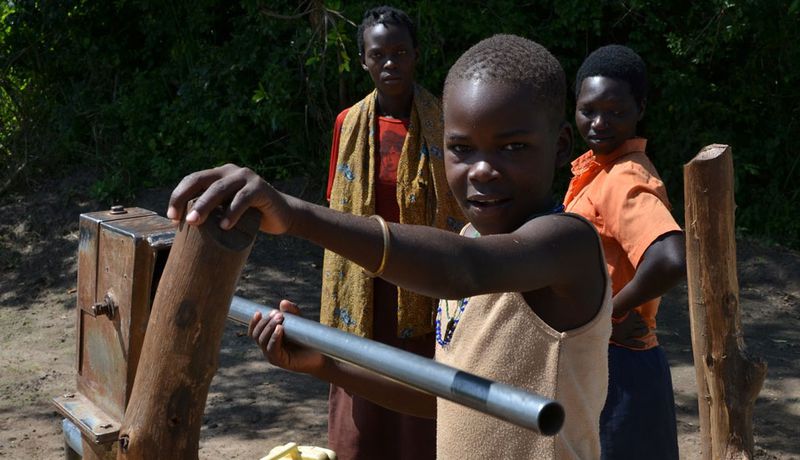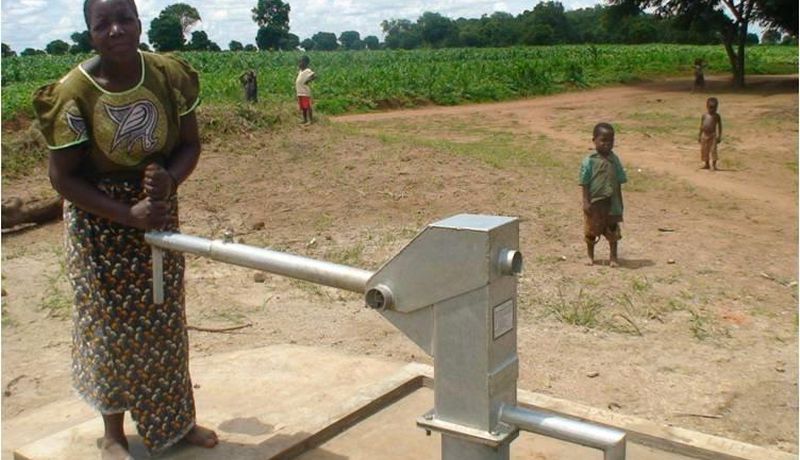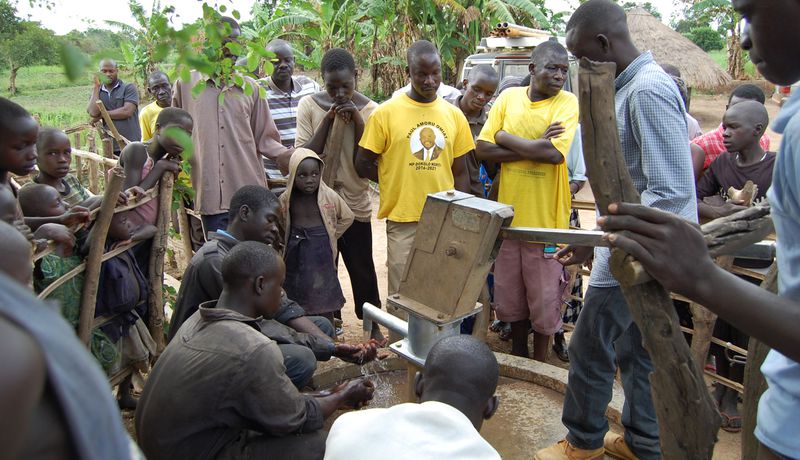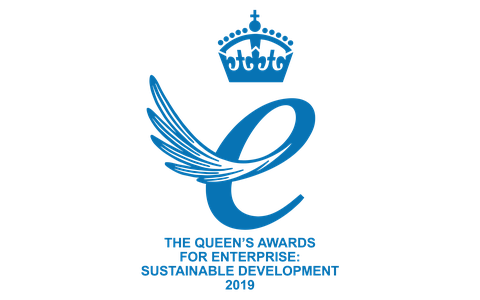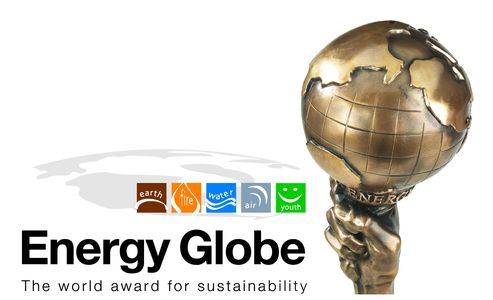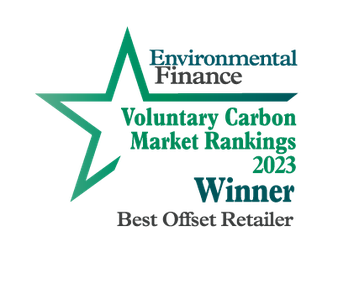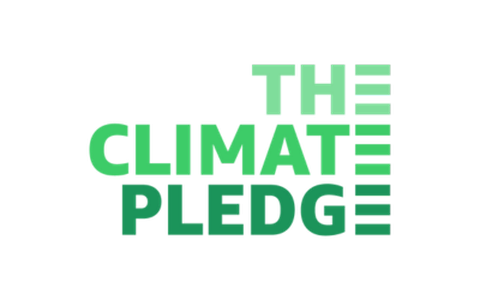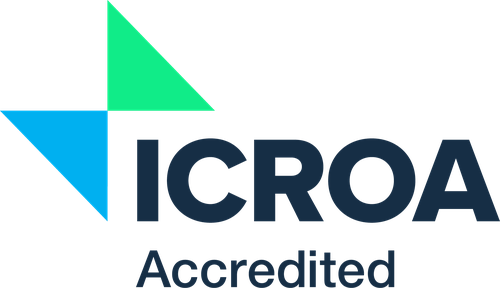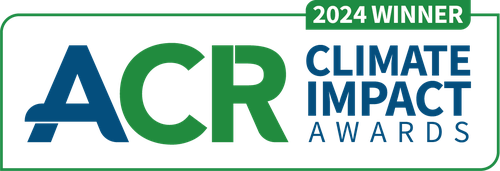With ceramic water filters the water runs through tiny pores which remove solid matter and pathogens, making the water safe to drink. Our Clean Water and Cooking in Guatemala project uses this technology.
Hollow-fiber water filters have a fiber membrane which comprises multiple tiny tubes that allow the water through but not the dirt and harmful bacteria. Our Aqua Clara project uses this technology.
Improved boreholes projects, involve renovating the boreholes and the carbon finance ensures through annual monitoring and maintenance (and reactive maintenance through the year) that the water remains safe for human consumption throughout the lifetime of the projects. Our Improved Water Infrastructure projects support borehole rehabilitation and management.
